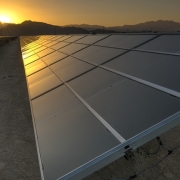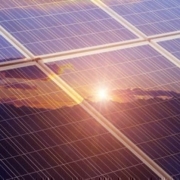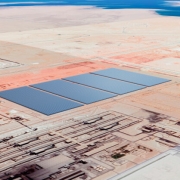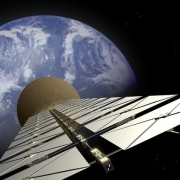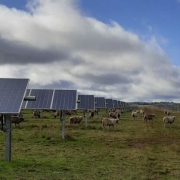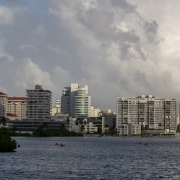WASHINGTON, D.C. — Today, the Federal Energy Regulatory Commission (FERC) issued a notice of proposed rulemaking (NOPR) detailing the proposed interconnection reforms the Commission would like to adopt in order to clear interconnection backlogs and speed clean energy deployment.
The proposed rules closely follow joint recommendations that the Solar Energy Industries Association (SEIA) and its partners submitted in February 2022 on interconnection reform. SEIA recently explained and expanded on these comments in an interconnection whitepaper it released earlier this week.
Click here to read the full article
Source: Clean Technica
—
If you have any questions or thoughts about the topic, feel free to contact us here or leave a comment below.

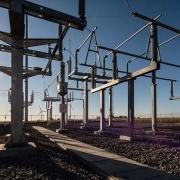


9(MDA2Mjc5MzcwMDEyODc3ODU1ODgyZGI5MA001)) The Biden administration announced actions this week that could triple solar manufacturing by 2024. NPR’s Cheryl W. Thompson speaks with U.S. Energy Secretary Jennifer Granholm about the plan.
The Biden administration announced actions this week that could triple solar manufacturing by 2024. NPR’s Cheryl W. Thompson speaks with U.S. Energy Secretary Jennifer Granholm about the plan.